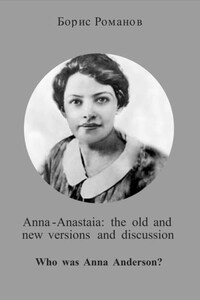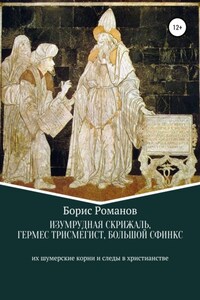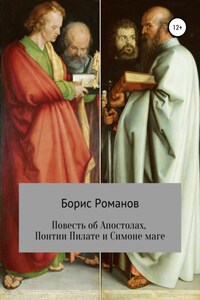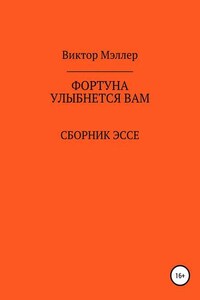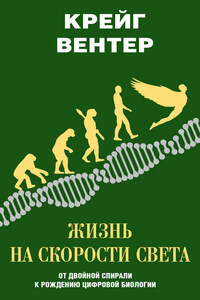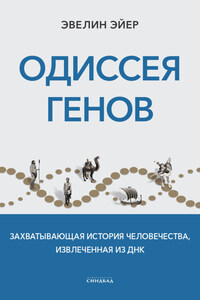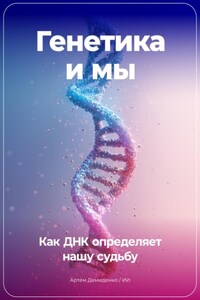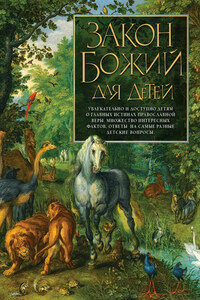Riddle of Anna Anderson remains unsolved.
Foreword. The problem of DNA tests.
It is known the dozens of books and hundreds of articles about Anna Anderson, best known for the role of pretender rescued daughter of Nicholas II, Anastasia. It would seem that after the comparative DNA tests (which are allegedly not confirmed kinship Anderson and the royal family), the matter is closed. However, with the exception of those DNA tests, a huge set of evidence and the facts speak in favor of self-identification Anderson as Anastasia.
In this brochure, we briefly discuss the old and new versions and discussion of this subject, as well as give a detailed critique of the DNA tests and the arguments in favor Anna Anderson as Anastasia.
(Note: all my comments here are only my personal value judgments (and I do not claim to know the truth in the last stage))
The most common opinion about Anna Anderson can be found in Wikipedia
«Anna Anderson (16 December 1896 – 12 February 1984) was the best known of several impostors who claimed to be Grand Duchess Anastasia of Russia. <…> DNA tests on a lock of Anderson's hair and surviving medical samples of her tissue showed that Anderson's DNA did not match that of the Romanov remains or that of living relatives of the Romanovs.[9][10] Instead, Anderson's mitochondrial DNA matched that of Karl Maucher, a great-nephew of Franziska Schanzkowska.[10] Most scientists, historians and journalists who have discussed the case accept that Anderson and Schanzkowska were the same person.[3][11][12][13][14]»
All critics of Anna Anderson appeals to the official results of the DNA tests "Yekaterinburg remains". We read about these tests in the same Wikipedia article:
«In 1991, the bodies of Tsar Nicholas II, Tsarina Alexandra, and three of their daughters were exhumed from a mass grave near Ekaterinburg. They were identified on the basis of both skeletal analysis and DNA testing.[125] For example, mitochondrial DNA was used to match maternal relations, and mitochondrial DNA from the female bones matched that of Prince Philip, Duke of Edinburgh, whose maternal grandmother Princess Victoria of Hesse and by Rhine was a sister of Alexandra.[125] The bodies of Tsarevich Alexei and the remaining daughter were discovered in 2007. Repeated and independent DNA tests confirmed that the remains were the seven members of the Romanov family, and proved that none of the Tsar's four daughters survived the shooting of the Romanov family.[3][5][6]
A sample of Anderson's tissue, part of her intestine removed during her operation in 1979, had been stored at Martha Jefferson Hospital, Charlottesville, Virginia. Anderson's mitochondrial DNA was extracted from the sample and compared with that of the Romanovs and their relatives. It did not match that of the Duke of Edinburgh or that of the bones, confirming that Anderson was not Anastasia. However, the sample matched DNA provided by Karl Maucher, a grandson of Franziska Schanzkowska's sister, Gertrude (Schanzkowska) Ellerik, indicating that Karl Maucher and Anna Anderson were maternally related and that Anderson was Schanzkowska.[4][10] Five years after the original testing was done, Dr. Terry Melton of the Department of Anthropology, Pennsylvania State University, stated that the DNA sequence tying Anderson to the Schanzkowski family was "still unique", though the database of DNA patterns at the Armed Forces DNA Identification Laboratory had grown much larger, leading to "increased confidence that Anderson was indeed Franziska Schanzkowska".[126]
Similarly, several strands of Anderson's hair, found inside an envelope in a book that had belonged to Anderson's husband, Jack Manahan, were also tested. Mitochondrial DNA from the hair matched Anderson's hospital sample and that of Schanzkowska's relative Karl Maucher but not the Romanov remains or living relatives of the Romanovs.[10][127]»
However, there are known many facts that cast doubt on some of the official DNA tests. In particular, genetic examination of the remains, "Alexis" and "Maria" (or "Anastasia") in 2007 was conducted with two teeth (which were found among these remains) – but some experts (eg, MD Vyacheslav Popov) stated categorically that there are no morphological evidence that these two teeths could belong to any member of the royal family
In addition, other genetic studies do not support the official point of view (presented above, Wikipedia). A former member of the Russian government's expert committee to study the Ekaterinburg remains, MD Vyacheslav Popov wrote in 2007, after the discovery of the remains of "Alexis" and "Anastasia" (or "Maria"):
"<…> The greatest controversy erupted today over the genetic identification of the remains: <…>b) Geneticist P. Ivanov tried to establish the genetic characteristics of a controversial teens teeth and of a fragment of a handkerchief soaked with blood heir of Nicholas Alexandrovich (after being wounded in 1891 in Japan). He was unable to identify any genetic parameters of these objects, or their gender. This requires an explanation.
c) The Russian geneticist L. Zhivotovskiy published a critical note about the shortcomings in the oficial genetic analysis (the journal "Annals of Human Biology", 1999, Volume 21, 6, pp. 569-577). Replies to this criticism was not followed.
d) In 1999, a Japanese professor T. Nagai and colleagues published a study of hair from the head of his brother Nicholas II – Georgy, his nail plates, the fingerprint stains sweaty vest Nicholas II and the blood-Kulikovskogo Tikhon Nikolayevich Romanov. The results do not coincide with the data of the official genetic examination carried out with the participation of P. Ivanov. The results of studies of T. Nagai were published in the journal "Medicine and Biology" (December 10, 1999, Volume 139. 6), and subsequently T. Nagai spoke at international conferences geneticists in Münster (Germany) in 2001, Melbourne (Australia ) in 2001 and at the International Congress of forensic experts in St. Petersburg in 2004.
e) In 2004, the American geneticist Knight et al published in the journal "Annals of Human Biology," the results of the genetic study of the remains of Elizabeth Feodorovna – the sister of Empress Alexandra Feodorovna. Knight's results are in conflict with the results obtained in the course of official genetic testing with P. Ivanov.
f) In 2003-2004, Yekaterinburg population geneticists have found that in the Ural population there is rather common kind of mutation, which is similar to the one found genetics in the United States. (with P. Ivanov) – (which they said as very uncommon).
